Let me preface this with an acknowledgment that I am neither a backcountry skiing expert nor a dating expert. All that’s about to come is just my opinion.
As the leaves turn and fall and their comforting yellow dries to a crunchy brown, my once impossibly far away dreams of sliding uphill seem just a little bit closer. I recently oriented my life around touring as much as possible. Therefore, I have a few things to consider, some of which are surface-level and some more critical to my short and long-term well-being. Short-term, I’m developing some mountain-travel fitness.
What has me stirring with some mild anxiety as I stare up at the Tetons, however, is not necessarily what you might think. It’s not thoughts about what I’d like to ski. Rather, I’m fixated on who I am going to tour with. The reasons for this are many. Yet, my feelings are premised on this core tenet: Touring is a whole lot of fun until it’s not.
Modern dating is a mess. The common refrain among people my age, 23, is that dating has never been harder. (That might be true, but it’s probably a timeless notion.) Maybe that’s thanks to endless dating app options that make you wonder if something better is a swipe away like a gambling fool. Or maybe it’s a small sample size and I’m casting too small a net as in “Seeking: Able to break trail; you embrace pre-dawn wakeups.”
Exposing myself here, but on my long drive back to Jackson, Wyoming this summer, I listened to my first Mel Robbins podcast: “The Only Dating Advice You’ll Ever Need.” Robbins is a self-help guru. Her website claims, “TIME Magazine says she gives millions of listeners around the globe a reason to believe in themselves.” Who doesn’t want a reason to believe in themselves?
During that podcast, I consumed one hour and seventeen minutes of relationship wisdom featuring Logan Ury, Director of Relationship Science at Hinge. For the older and happily coupled, Hinge is a dating app focused more, evidently, on those seeking long-term relationships. By the podcast’s end, I had unofficially promoted myself to Director of Ski Relationship Science at The High Route. My promotion comes not for reasons founded on data that support the idea that the folks in charge at THR are relationship-deficient; it’s just that maybe they have committed partners in the home and in the mountains. I currently have neither. I’m incentivized.
One of Ury’s main points is that dating isn’t necessarily harder now than it used to be—it has always been challenging. The difference today, she claims, is that our expectations are often completely unrealistic. And when you expect too much, too soon, you’re setting yourself up for burnout. Which, if you’ve ever scrolled endlessly through Hinge, probably sounds familiar.
If you’ve made it this far, you might be asking: Isn’t this a touring site? Fair. But as someone who went on more touring “first dates” than romantic ones last winter, the overlap felt impossible to ignore.
Last season I was a lone wolf when I moved to the Tetons. The tranquility of solo touring is not to be discounted by any means. However, in a relatively new range, especially one with such little beta, someone to echo back hoots and hollers with is what I was looking for. I was chomping at the bit for partners and friends to explore the Tetons with. As an eager beaver in a relatively new place I asked just about everyone I met who toured if they would like to join me. While I had the misguided belief that if you’re in the Teton backcountry, you must know what you’re doing. Turns out… not always.
In a town where there is a lot of talk about skiing, someone talking to you about all the committing lines they want to runski all winter might give you the impression they know what they are talking about. All of the “Bro that would be so rad to do that this week” and “If I didn’t have work, I would go ski this,” elicited an expectation. Then, once you finally find time for a lap in the park after work and they barely make it past the flats, it’s discouraging. I am by no means some ski Jesus out there; I’m encouraging a dose of honesty when it comes to competence. Even when familiar with each other’s skillsets you can still end up way over your head.
A bad touring first date makes a bad dinner date look like a rom-com. For one, you’re stuck together way longer. Three hours of silence at a restaurant? Brutal. Eight hours of silence wishing you just went out alone? Torture. Especially when trust is as important as it is on the mountain, the stakes are much higher. At dinner, the biggest risk is your date chewing with their mouth open. In the backcountry, realizing you can’t trust your new “partner” halfway up a couloir means you also put yourself at risk. One awkward meal you can laugh about later. One awkward tour? That’s an all-day sufferfest you’ll be telling stories about for years—if you make it out without a breakup-level meltdown.
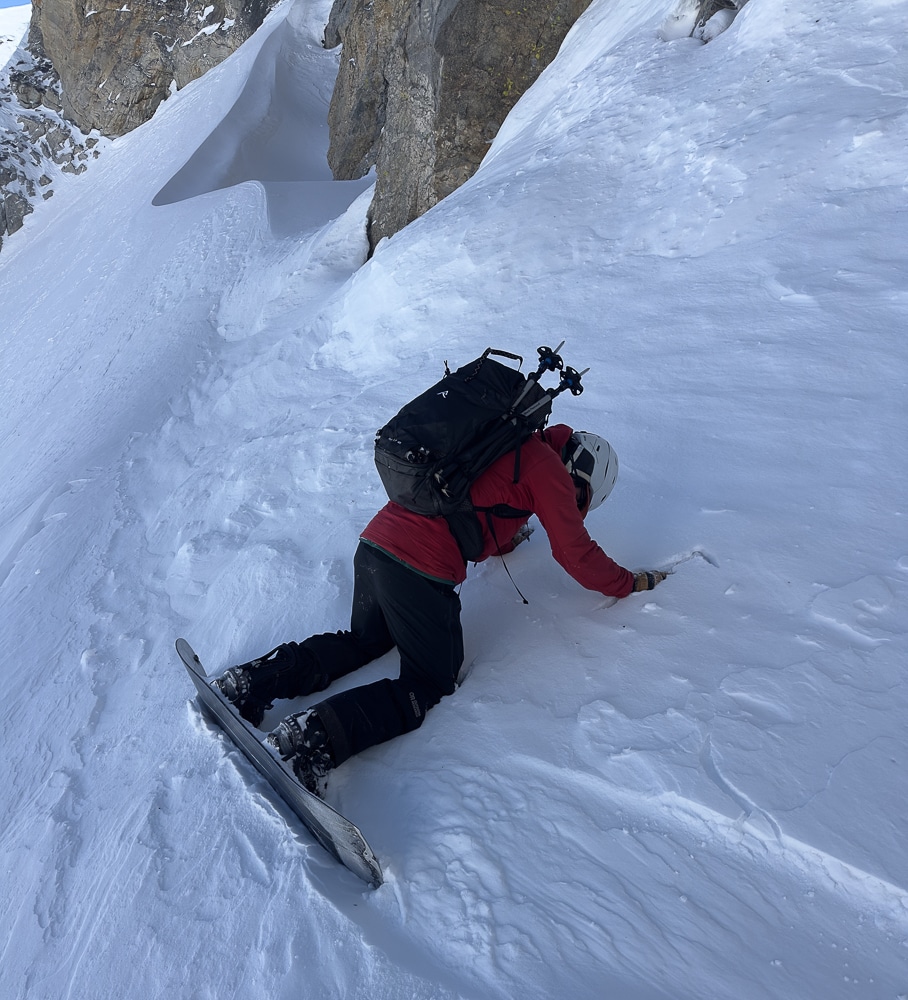
Last season, one of my newer partners was Chris. During a stretch of high pressure, we decided to push ourselves onto the most complex line we’d ever skied together. Chris and I were progressing steadily in our touring “relationship.” Unfortunately, this trip up the couloir marked the inevitable end of our honeymoon phase. The approach was straightforward enough, but by the time we were staring down the steep descent, the snow had started heating up faster than we’d planned, ,and urgency crept in. I watched Chris launch into the steepest hop turn of his life, briefly turning into a plane, airborne, before sticking it eight feet below his launch point. It was then that it dawned on me, maybe we weren’t as prepared as a team as I’d thought (shocker). Our communication unraveled as quickly as the snow quality, and we ended up skiing separate lines down the face. By the time we regrouped, Chris was on his knees, and I took a deep breath.
Chris wasn’t a totally new partner—we had done multiple tours together. Still, once we entered terrain we didn’t fully prepare for, things derailed just enough to make me question myself. After one close call, it’s easy to learn that the best terrain when meeting someone new is simple terrain. I learned that even if your new “partner” knows what they are doing, it’s critical to see if you work well together. It’s like planning a road trip with that person you just matched with on Hinge: You don’t immediately head cross-country. You start small.
Spencer Dillon’s article “Give Monogamy a Chance” describes the factors that go into finding your “prince charming” of the mountains. He writes, “My dream partner must be fun to be around all day, safe (obviously, but not too safe either), mountain capable up and down, motivated to get out (on bigger objectives far from the road), dependable (to me, but not their employers, friends or spouses), available very regularly (with simple, flexible logistics), willing to enjoy bad snow and bushwhacking adventures, and, perhaps most critically, amenable to my many bad ideas.”
I don’t think Logan Ury would agree with Spencer’s “qualifications.”
Before moving to Jackson, I had many grand ideas of what my skiing life would look like after I inevitably found my “prince charming.” It’s easy to get lost in the ski films and glossy stories, imagining your crew floating through the mountains and powder fields with a special ops level of fluidity.
It doesn’t take an empath to tell you’ve bored someone with your 99th story about walking uphill. It’s even easier to tell when someone leans in, interested. Those opportunities are rare , and it’s easy for the imagination to run wild. Just as shameful as the fleeting thought of getting on one knee for the person you met following the bar’s last call, is the embarrassing daydream about flying over the Kahitaltna with the dude you met on the tram who “knows all about touring,” only to later find out he went once a few years ago and just “hasn’t gotten around to it.”
While in the past, I aligned myself heavily with Dillon’s point of view in both my love life and skiing, I’ve started to realize that chasing the “perfect partner” from day one is a fast track to disappointment. Whether it’s dating or ski touring, nobody shows up to the first lap as a flawless match. You don’t always click right away, and sometimes the silence or the awkward transitions are just a part of figuring each other out.
Two of my favorite ski days this year were with my friend Zeb. He is new to skiing and began touring this past season. With no expectations, I could let go of what I thought I needed out of a ski partner and just enjoy being in the backcountry with my friend. The top of his first Glory boot pack may as well have been Denali. The snow was garbage on both tours, but neither of us could have cared less.
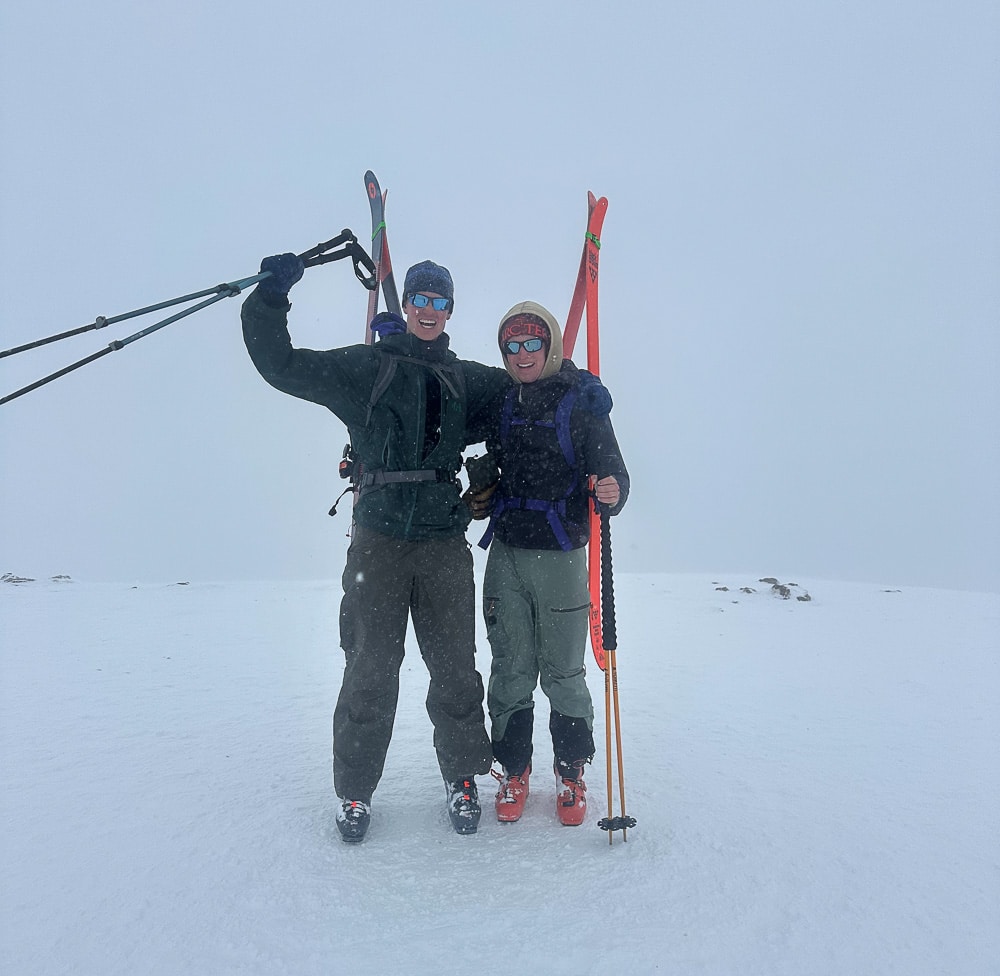
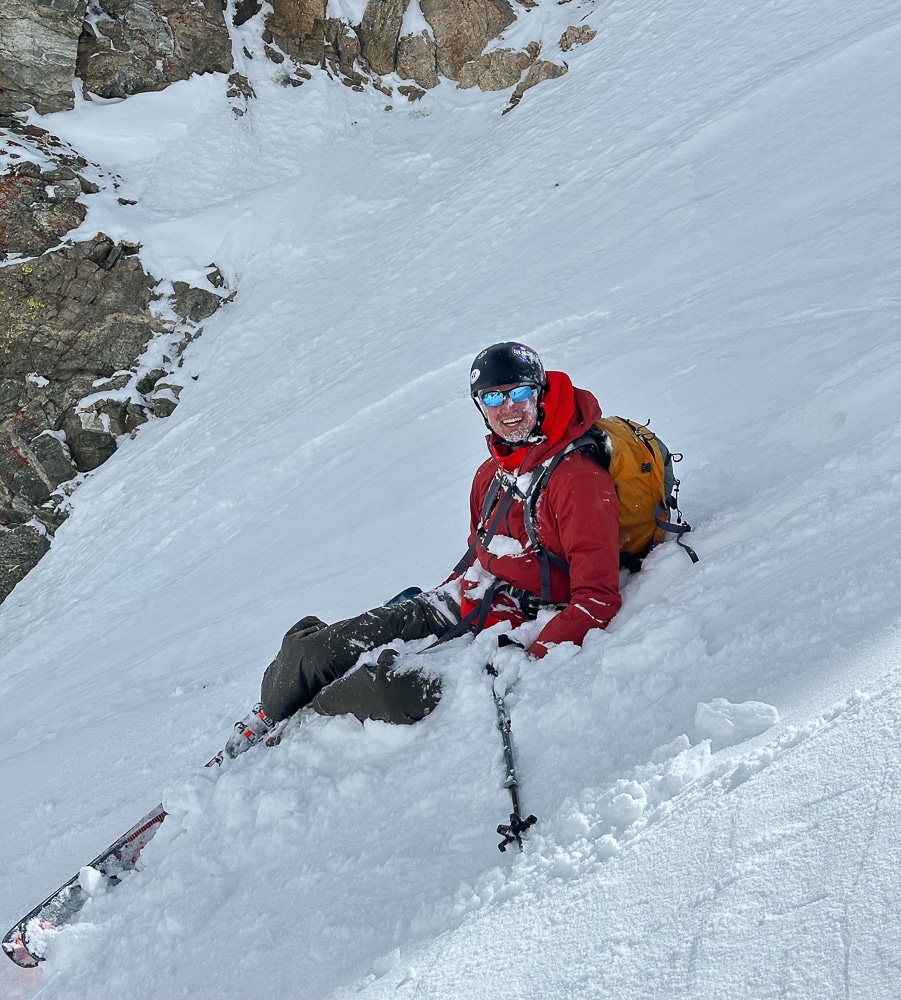
So what’s the point? I’m not totally sure, I’m still figuring it out. But the trick, I think, is managing expectations. Not every ski partner is going to be your soulmate of the skintrack, and not every date is going to end in fireworks. But if you give people the space to grow into the role, whether that’s belaying your sketchy line or just remembering to bring snacks, they might just surprise you. The best partnerships, in both skiing and dating, usually come not from instant perfection but from putting in time together, learning each other’s quirks, and realizing that maybe, just maybe, you’ve found someone worth slogging uphill with again.

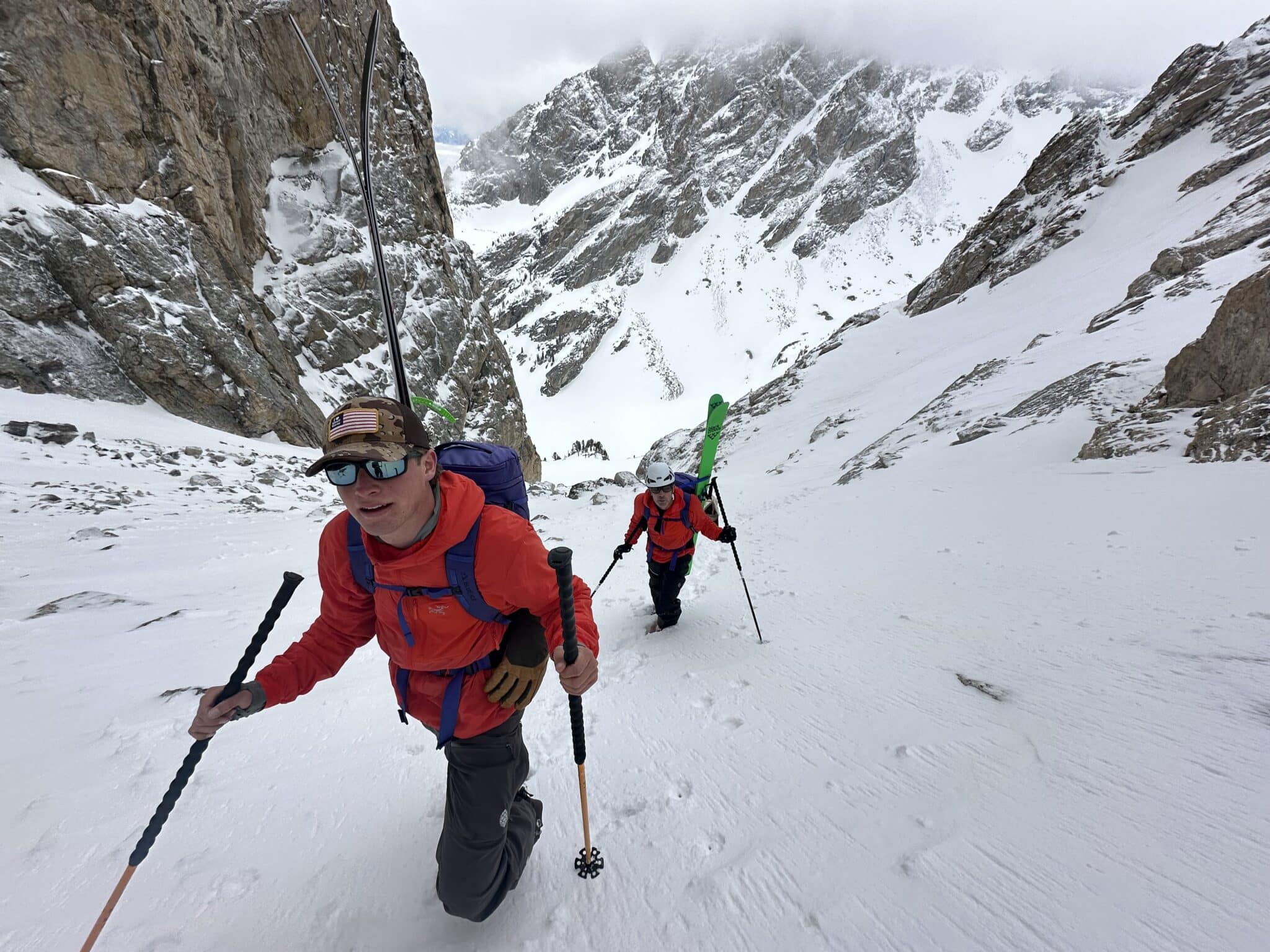
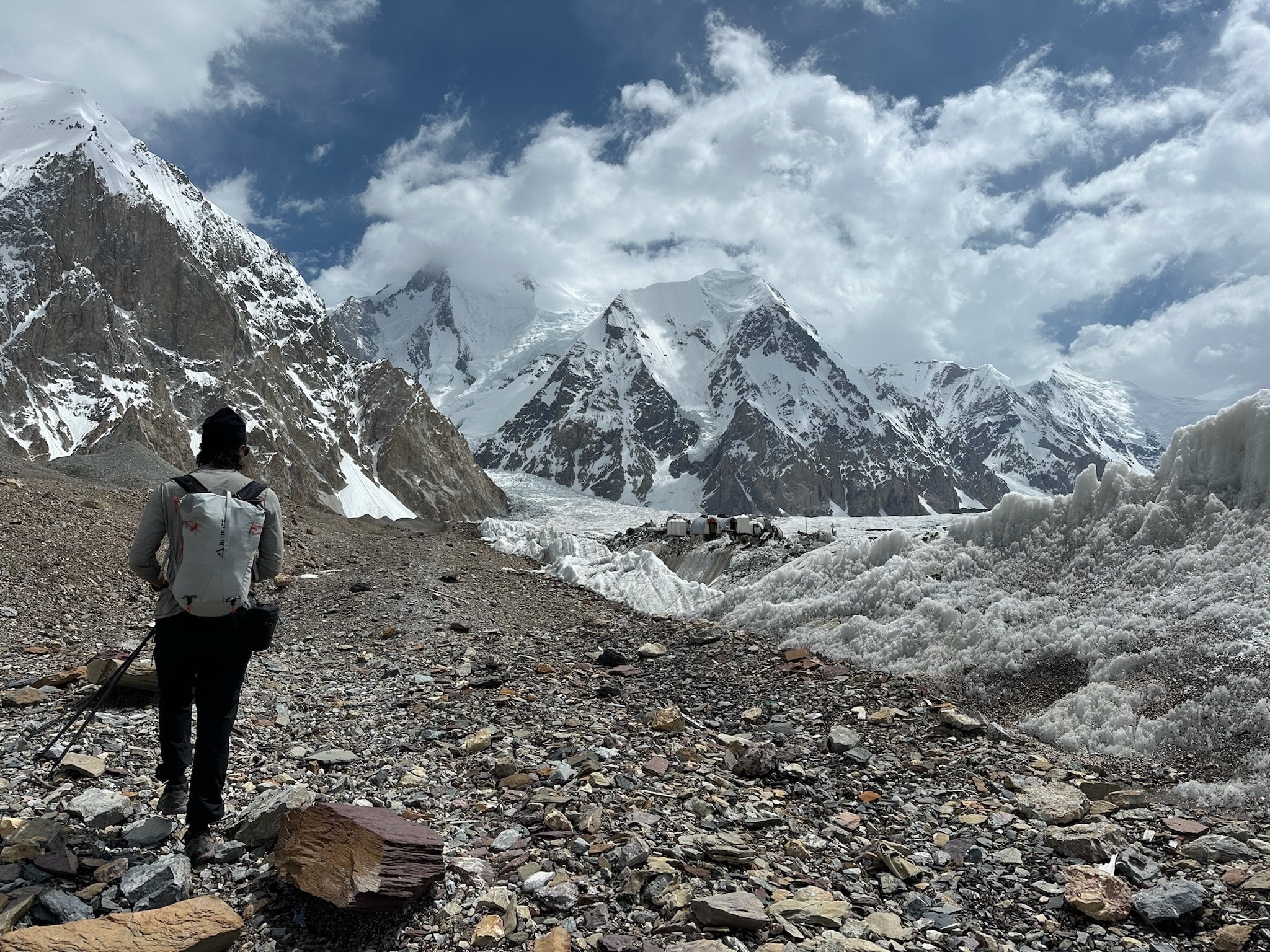
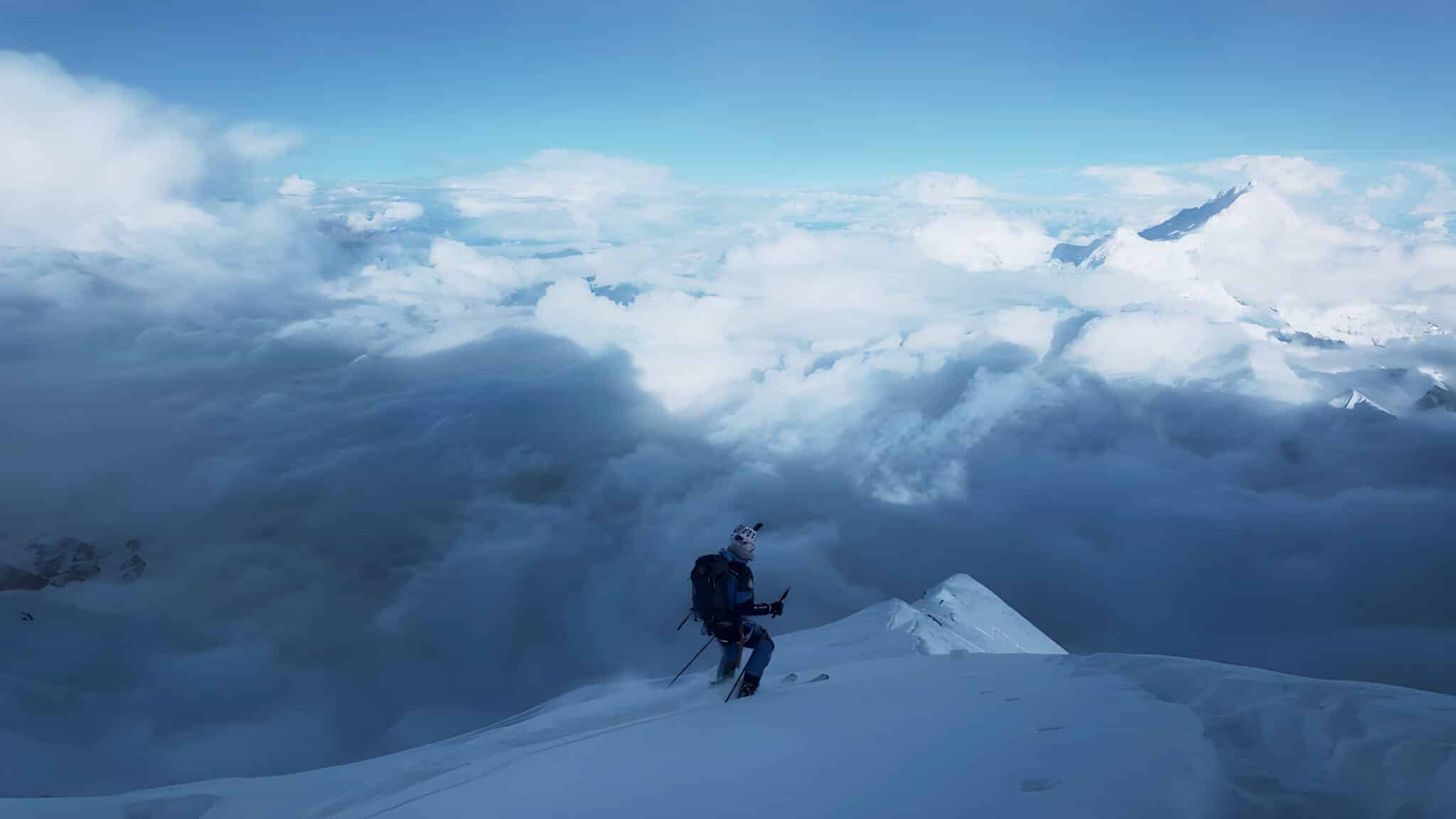
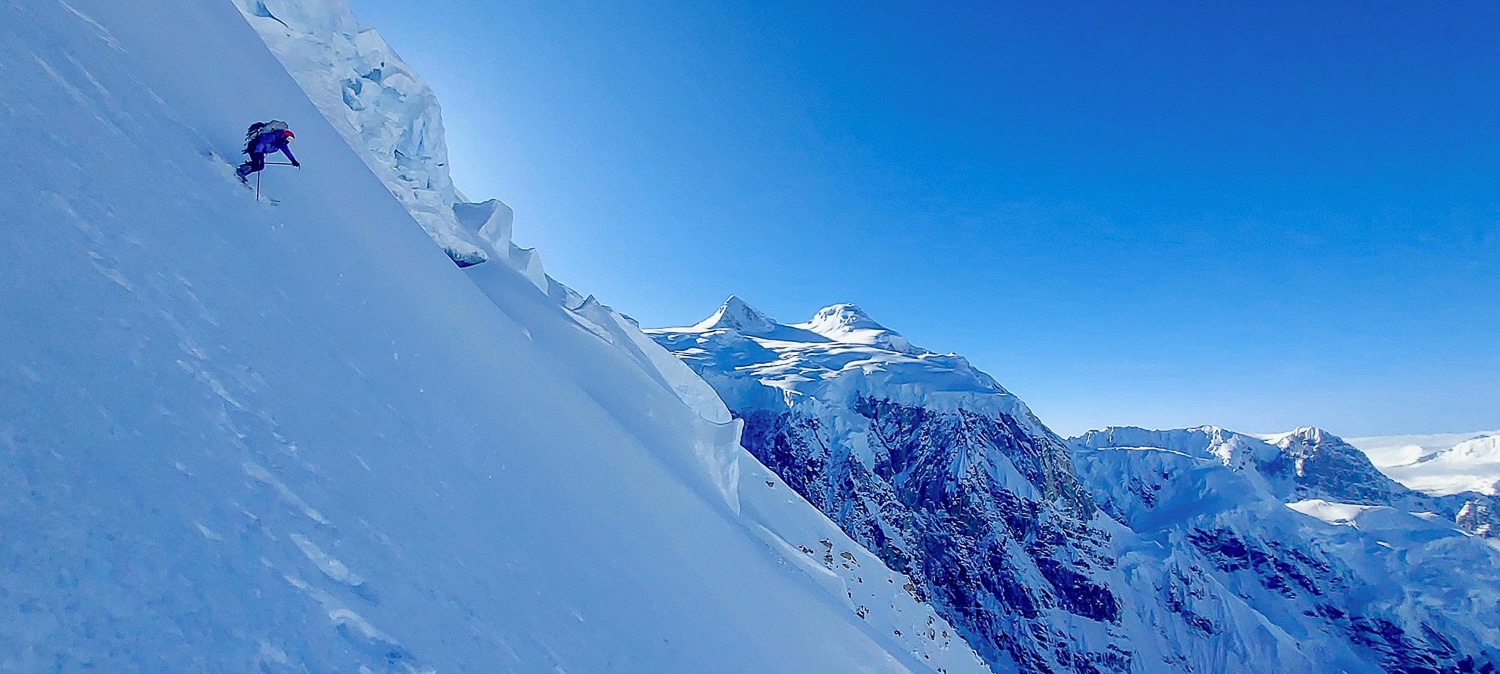
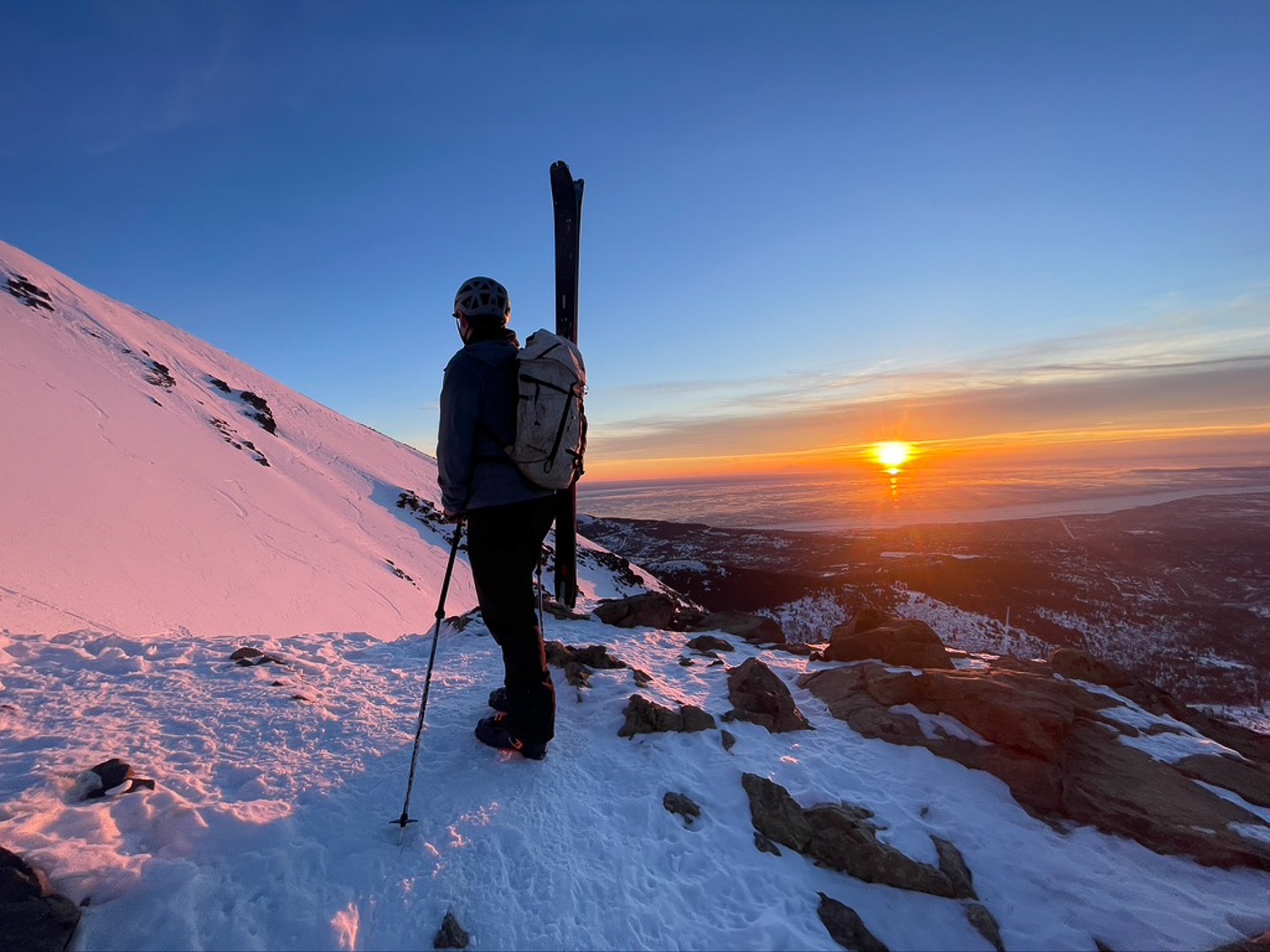
Leave a Reply
You must be logged in to post a comment.